|
President Theodore Roosevelt once observed: “No nation has the root of greatness in it, unless in time of need, it can rise to the heroic mood.” Whether it’s Veterans Day, Memorial Day or July 4th, the self-evident truth of this statement can be readily found among countless monuments and memorials that populate Frederick’s Mount Olivet Cemetery. Many know Mount Olivet as the final resting place of Francis Scott Key and Barbara Fritchie, two former residents of town who gained national fame thanks to a song and a poem—both written about the US flag under attack by the enemy. In addition, Mount Olivet is also home to over 4,000 veterans connected all major military conflicts of the 18th, 19th and 20th centuries. While it’s easy to fathom Revolutionary, Civil War and World War II soldiers, it’s the other wars that get overshadowed by romantic nature of the fore-mentioned “Big 3.” The most popular wars that people forget are the War of 1812, the Mexican War and World War I. And it’s this latter conflict which currently has the best chance for remembrance as 2017-2018 marks the centennial commemoration of US involvement in the first ever World War. In a recent study of all cemetery records, we have found nearly 500 veterans of World War I resting in Mount Olivet. Only 14 individuals are known to have been killed in action and/or service-related deaths. The vast majority of veterans of this conflict succumbed years and decades later from a myriad of things. The last of which to enter Mount Olivet was a veteran of great distinction who died 90 years after first entering military service. Contrary to popular belief, this individual was also a woman—a lady by the name of Charlotte Louise (Berry) Winters. 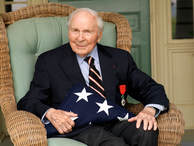 Frank Buckles, last surviving veteran of World War I Frank Buckles, last surviving veteran of World War I Charlotte Winters died on March 27th, 2007 and was laid to rest in the FF Area of Frederick’s Mount Olivet Cemetery. She had attained the age of 109. Mrs. Winters was the oldest Navy veteran at the time of her death, and more so, the final living female veteran of World War I. She was among a select group of 10 surviving veterans from this conflict. In case you were wondering, here is a list of “the last” from each military branch: Air Force Homer Anderson (d. September 23, 2006 at the age of 108) Army Frank Buckles (d. February 27, 2011 at the age of 110) Navy Charlotte Winters (d. March 27, 2007 at the age of 109) Navy Lloyd Brown (d. March 29, 2007 at the age of 105) As can be seen, the last Navy veteran of World War I, Lloyd Brown died just two days after Charlotte. The last veteran of the war, Frank Buckles, died in 2011. He was a resident of nearby Charles Town, WV. Charlotte lived out her final years in close proximity to Buckles, just north of the Potomac River at a nursing home in Boonsboro, MD. A funeral church service was held in Charlotte’s honor at Frederick’s All Saints’ Episcopal, an event which included attendance by several members of news media and honor guard, pall bearers, and firing party from the Navy Ceremonial Guard. Adm. Mike Mullen, Chief of Naval Operations, attended the service and remarked: "Every Sailor in our Navy joins me today in mourning the passing of our shipmate, Charlotte Winters. We offer her family and friends our deepest sympathies and most heartfelt condolences." Early Years Charlotte Berry was born November 10th, 1897 in Washington, DC. She was the daughter of Mackall Cox Berry and wife Louise Bild. She had a younger sister, Sophia. Mr. Berry was a Baltimore native and worked as a manager at a clothing store. Charlotte's mother was the daughter of Prussian immigrants. The family lived at 22nd and Channing streets in the Langdon Park neighborhood located in the northeast part of the District of Columbia. Sadly, Charlotte lost her mother when she was 12 years old in 1909. Her namesake paternal aunt, Lottie Berry, would move in with the family and help Mackall raise his two daughters into adulthood. 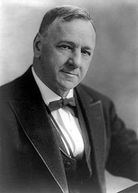 Josephus Daniels, Secretary of the Navy from 1913-1921 Josephus Daniels, Secretary of the Navy from 1913-1921 At the age of 19, Charlotte had a desire to join the US Navy. This could have been influenced by a childhood next-door neighbor who worked as a machinist at the Washington Naval Yard. There was no opportunity or place for women to serve in this military branch at the time. Charlotte’s father was friends with Franklin D. Roosevelt, currently serving as Assistant Secretary of the Navy at the time. This relationship likely gave an opportunity for Charlotte to earn a meeting with Josephus Daniels, Secretary of the Navy. The young lady raised the question of why women could not serve their country through the military branches. This conversation occurred in 1916, and Charlotte’s query successfully helped persuade the Secretary to allow women to join the cause. Daniels investigated the matter and found that there was no prohibition against women serving in the Navy. Charlotte, along with younger sister Sophia Berry, immediately enlisted after the US entered into the war in April, 1917. Thousands of other women would follow her lead. 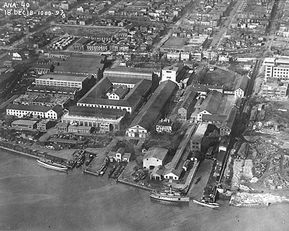 Washington Naval Yards during World War I Washington Naval Yards during World War I In the Navy Charlotte’s first assignment was at a stateside gun production facility—the Washington Navy Gun Factory, better known as the Washington Naval Yard. She held the rank of Yeoman 3rd Class (F), the “F” standing for female. A yeoman is an enlisted person within the United States Navy that performs administrative and clerical duties. In most professions and settings, this individual would work under the job title of administrative assistant. The yeoman of yesterday, and today, deals with protocol, naval instructions, enlisted evaluations, commissioned officer fitness reports, naval messages, visitors, telephone calls and mail (both conventional and electronic). They organize files, operate office equipment, and order and distribute office supplies. A Yeoman also writes and types business and social letters, notices, directives, forms and reports. The Yeoman (F)s, were popularly referred to as Yeomanettes, however, many were not fond of this play on the moniker. 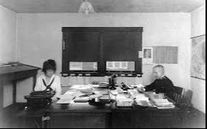 US Navy Yeoman (F) typist on left US Navy Yeoman (F) typist on left At the time Charlotte Berry entered military service, the Navy and Marines were the only branches of the US armed forces to enlist women to serve in a similar status with men. The expanding Navy and Marines had a dire need for more clerks and stenographers, while also needing to free male Sailors and Marines for fleet duty. Recruited at first just for clerical duties, by the end of the war their jobs included being language translators and making munitions in factories. Records show that 11,000 Yeoman (F)s, 1,713 female nurses, and 269 women Marines (Marinettes) served in World War I. For many years, they, along with Army nurses, were the only women eligible to join the American Legion, and the only ones eligible to receive a bonus voted to veterans of "the Great War." Charlotte served at the Washington Navy Yard in Building 57, current home of the Naval Historical Center. She was one of the last Yeoman (F)s associated with World War I to be discharged. This was in late July of 1919, but Charlotte was immediately hired by the Navy as a civilian to fill her active-duty job. Winters was assigned to the Washington Navy Gun Factory, where she was a typist throughout the war. In his eulogy of Charlotte in 2007, Admiral Mullen remarked: "Ms. Winters was a trailblazer, one of a relatively small group of women to serve in our Navy during World War I. She did so honorably and nobly, helping through that service to bring freedom to millions of people all across Europe and hope to thousands of young women all across America. She and her shipmates answered the call when the nation needed them most. They worked hard. They struggled. They persevered, and they set a shining example. And, as in Ms. Winter's case, some stayed on to prepare the Navy to fight and win yet another World War. They were patriots, and we will remain forever in their debt." The Yeoman (F)s were of such invaluable service to the country that there was no question of women returning to Navy service during World War II as the WAVES (Women Accepted for Voluntary Emergency Service). The success of the WAVES in turn paved the way for the permanent establishment of women in Navy in 1948. 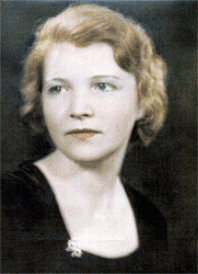 Charlotte Berry (c. 1930) Charlotte Berry (c. 1930) Charlotte Berry was a founding member of the National Yeoman (F) veterans' organization in 1926, and served as its eighth commander from 1940-1941. She was also a member of the American Legion for 88 years and one of 20 enlisted Naval Reserve women to found one of the first Legion posts in her native Washington, DC. Retiring in 1953, her connection with the Navy spanned from World War I through the Korean War. She would attain the rank of Yeoman (F) Second Class. The US Navy had major implications on Charlotte’s personal life as well, as her husband was a Navy man. She met and married John Russell Winters, a machinist at the Washington Navy Yard. The two wed on November 23, 1949. Before this time, Charlotte had continued to live with her widowed father and aunt on V Street in Northeast DC. 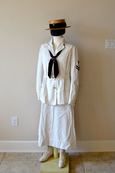 The couple would not have children, but kept busy with hobbies, travel and interests. Until the early 1980s, Charlotte and John visited Revolutionary War and Civil War battlefields. They documented battle strategies and the lives of the soldiers who had fought there. They visited every state, except for Hawaii. After spending the majority of their lives in Washington DC, the Winters chose the Maryland county named for our first president to call home. They were introduced to Washington County through many pleasure and research trips to Antietam National Battlefield, and nearby South Mountain State Battlefield. Charlotte would donate her documentation of thousands of Civil War graves to the Washington County (MD) Public Library. This can be found in the Western Maryland Room. Charlotte donated her uniform and other military objects to the Navy Museum in Washington, DC. The Yeoman (F)s like Charlotte would set a standard of excellence for women in the U.S. military which is carried on to today. 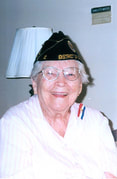 John Winters died in April, 1984. He would be buried in Mount Olivet, a choice made due to the fondness of the couple of the patriotic and military spirit encompassed here. Charlotte died nearly 23 years later on Tuesday, March 27th, 2007 at the Fahrney-Keedy Memorial Home and Village, located in Boonsboro. She was 109 years, 4 months and 17 days, but who’s counting, right. Her obituary appeared in newspapers across the country. Charlotte Louise (Berry) Winters was laid to rest by her husband's side on March 30th, 2007 in Area FF/Lot 69. Her flag-draped coffin was carried to her gravesite by the Navy's Ceremonial Guard. So much for old “patriot-related” superlatives…it’s time to re-evaluate. Many think of Francis Scott Key and Thomas Johnson, Jr. to be the greatest patriots in Mount Olivet. In the same breath, you would assume Barbara Fritchie to be the cemetery’s top female patriot, while being the oldest living patriot at the time of her death. Now it’s time to include supercentenarian Charlotte Berry Winters in the conversation, and give praise and remembrance to each and every military veteran that has Mount Olivet Cemetery as his, or her, final resting place. Thank you all for “rising to a heroic mood.” (Special thanks to the US Navy and Charlotte Winters' beloved niece, Kelly Auber, for many photographs used in this story)
0 Comments
Leave a Reply. |
STORIES
|
Archives
July 2024
June 2024
May 2024
April 2024
March 2024
February 2024
January 2024
December 2023
November 2023
September 2023
August 2023
July 2023
June 2023
May 2023
April 2023
March 2023
February 2023
January 2023
December 2022
November 2022
October 2022
September 2022
August 2022
July 2022
June 2022
May 2022
April 2022
March 2022
February 2022
January 2022
December 2021
November 2021
October 2021
September 2021
August 2021
July 2021
June 2021
May 2021
April 2021
March 2021
February 2021
January 2021
December 2020
November 2020
October 2020
September 2020
August 2020
July 2020
June 2020
May 2020
April 2020
March 2020
February 2020
January 2020
December 2019
November 2019
October 2019
September 2019
August 2019
July 2019
June 2019
May 2019
April 2019
March 2019
February 2019
January 2019
December 2018
November 2018
October 2018
September 2018
August 2018
July 2018
June 2018
May 2018
April 2018
March 2018
February 2018
January 2018
December 2017
November 2017
October 2017
September 2017
August 2017
July 2017
June 2017
May 2017
April 2017
March 2017
February 2017
January 2017
December 2016
November 2016

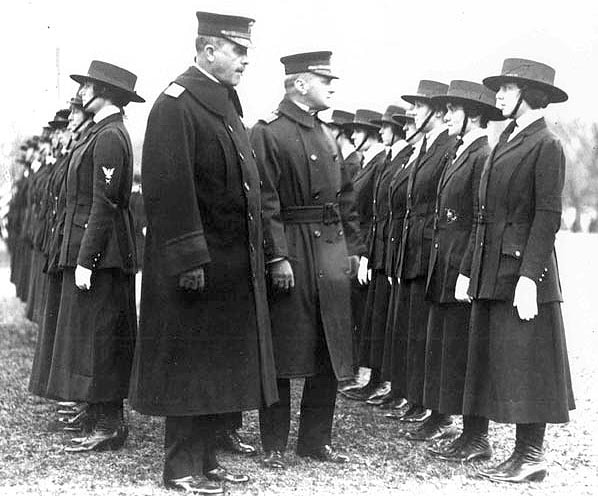
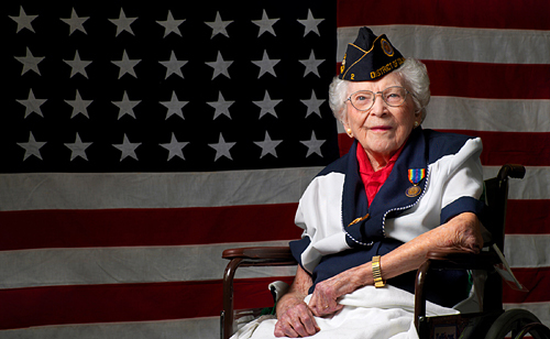
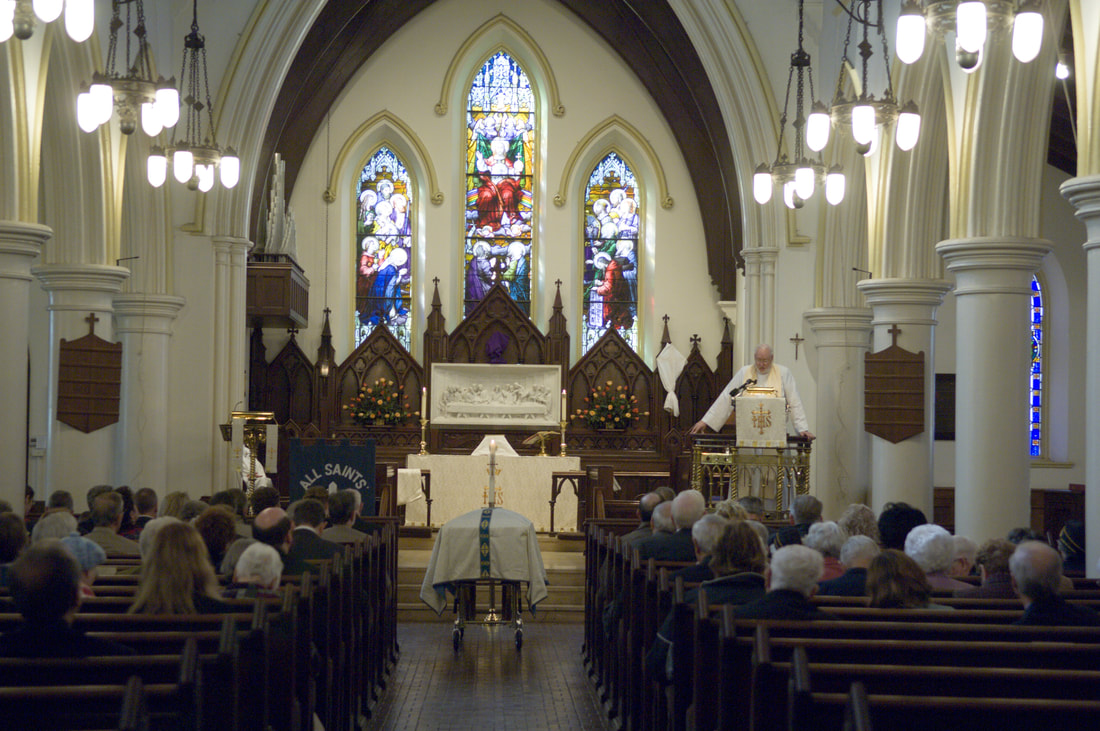
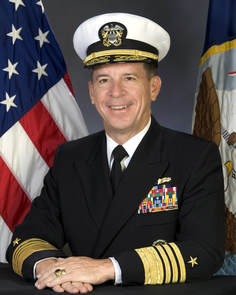
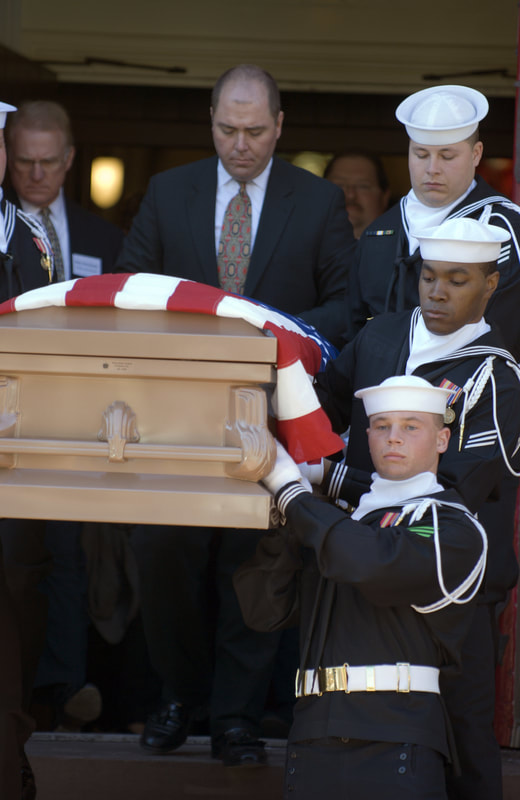

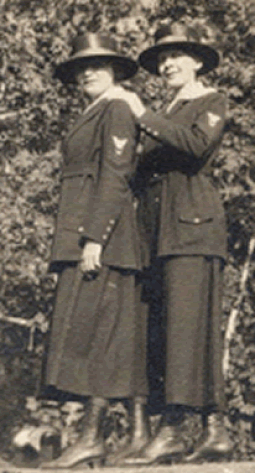
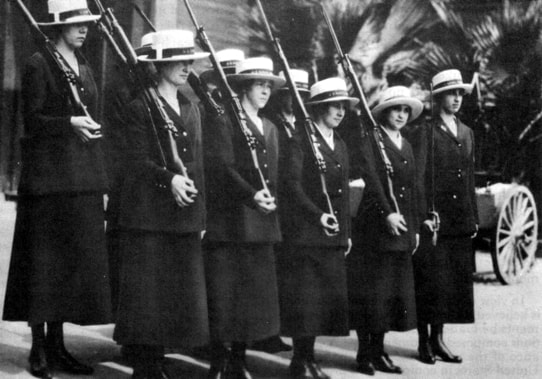
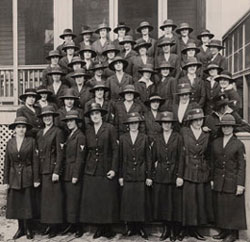
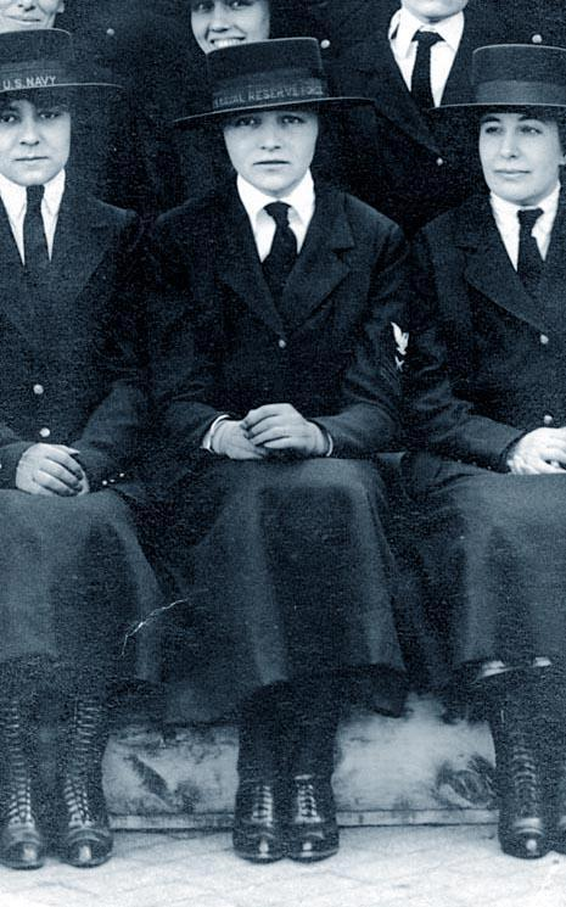
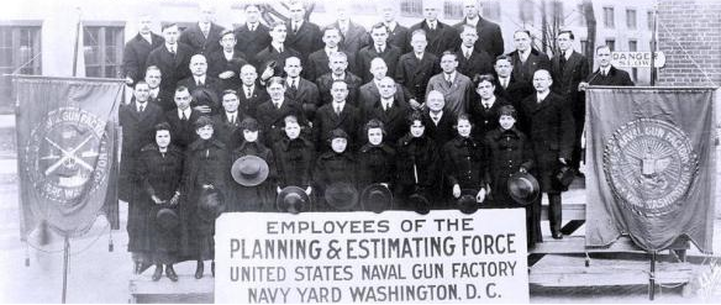
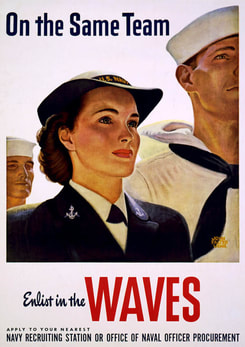
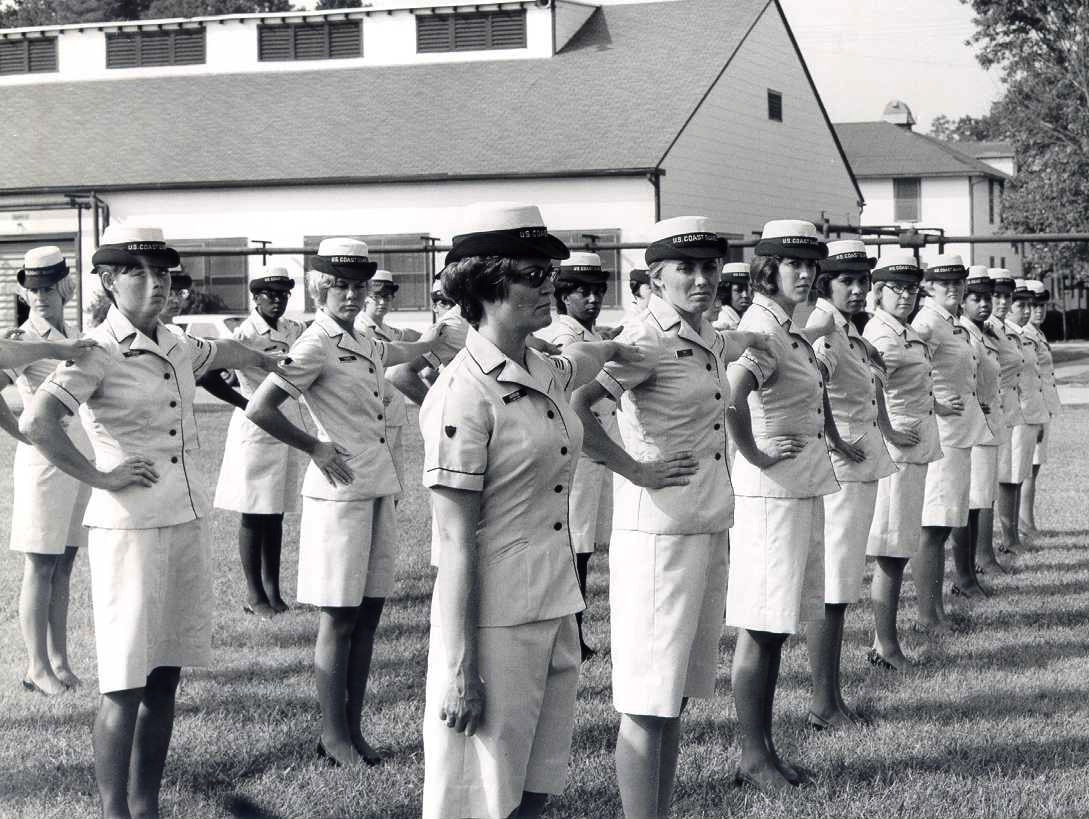
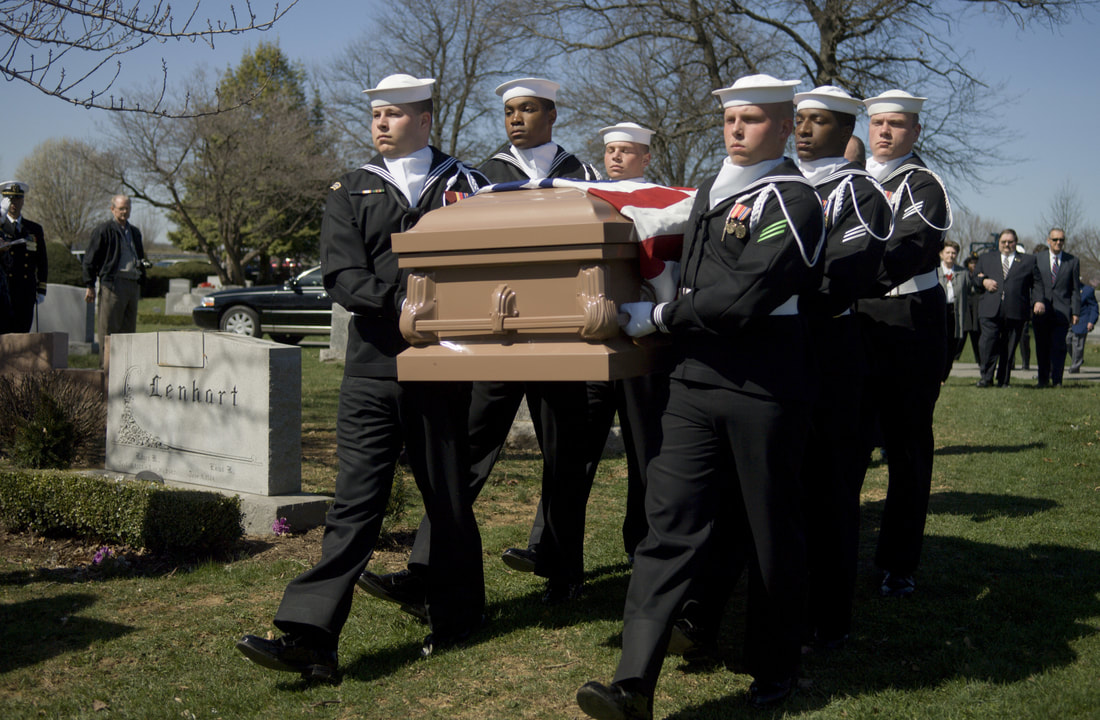
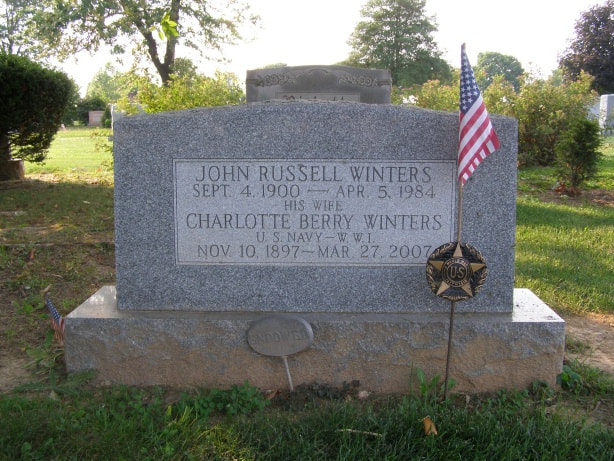
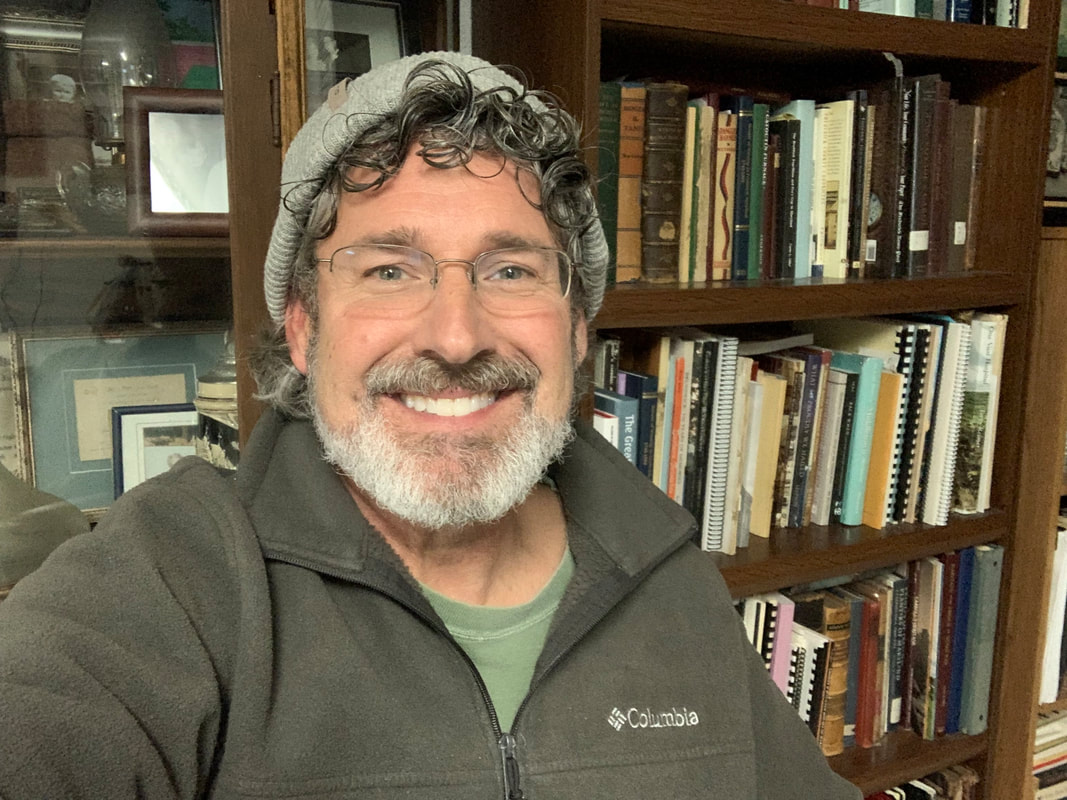
 RSS Feed
RSS Feed